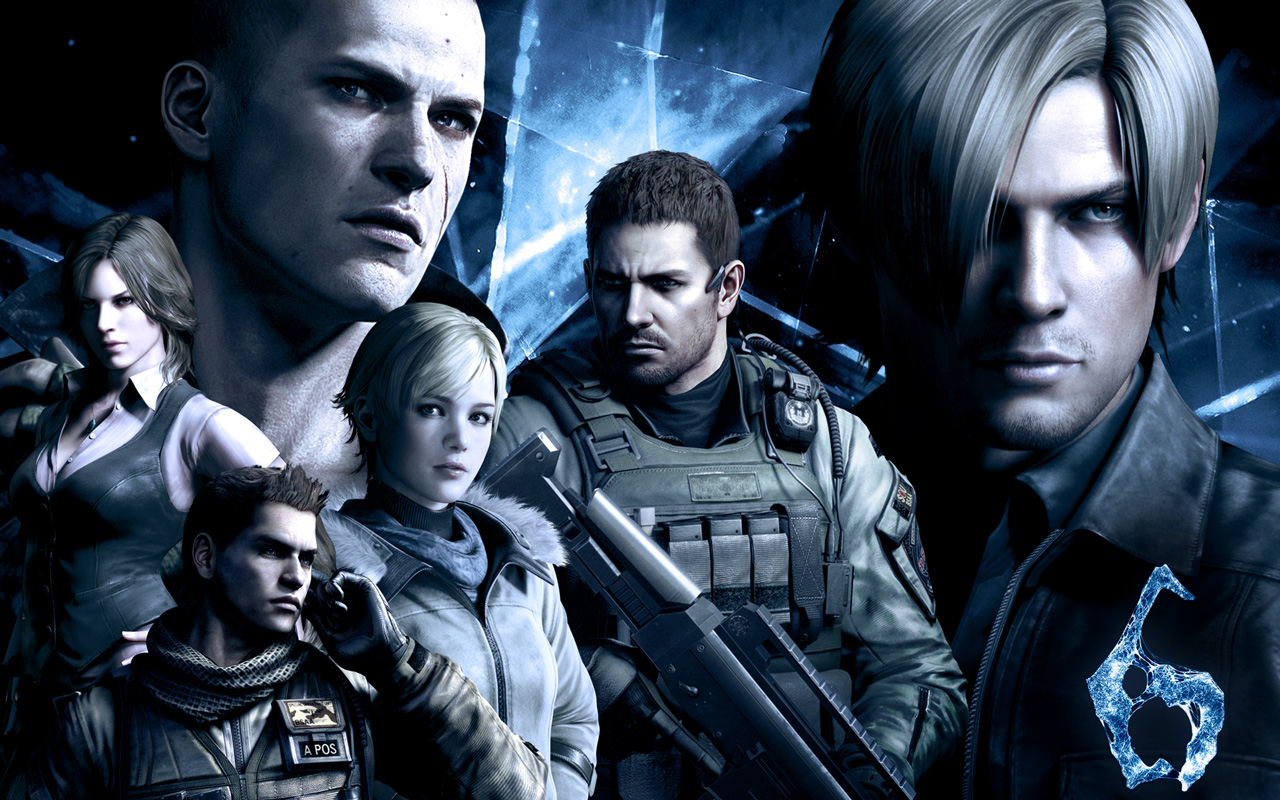So it would have been reasonable to assume that Resident Evil 6, the latest sequel to gaming’s most successful horror series, had a shot at being good. Its creators took that shot boldly, producing the most sprawling game in the series. But what they have achieved is troubled in triplicate. The new game is an ambitious mediocrity. It is an exhibition of the hazards for authors who appease howling fans. And it is, in all ways but one, an abandonment of the series creators’ former mastery of making something interactive feel scary.
The new Resident Evil is a 25-hour adventure, set across four globe-spanning campaigns in a near future featuring a worldwide outbreak of bioterrorism that turns the United States president (and others) into a zombie.
Three of the game’s adventures star pairs of characters plucked from Resident Evil lore; the fourth is a solo adventure. Storytelling in video games is so primitive that it is a radical novelty that these four quests are experienced out of linear sequence. The narrative is all melodramatic backdrop. The action of this Resident Evil, which has little in common with the movies of the same title other than the branding, once again involves a lot of running and shooting.
The first Resident Evil was a wonderful oddity when it arrived in 1996 for the PlayStation. It was set in a creepy mansion and was designed to make you nervous. Players controlled one of two special agents who were perpetually low on ammunition and prone to all sorts of attacks from the shadows. The drought of firepower made enemy zombies all the more threatening.
So, too, did the carefully paced sequence of events. All would be quiet as players walked down a hallway. Then, suddenly, wild zombie dogs would jump through windows and pounce on our heroes, teeth gnashing. Lightning struck. Thunder clapped.
Two very video-gamey things made the adventure all the more dreadful. Players would lose a lot of their progress if a monster killed them and they hadn’t saved their game recently — and the game didn’t allow players to save frequently.
More troubling, the players couldn’t shoot enemy zombies unless they stood still themselves. Together, these design choices by the game’s Japanese creators at Capcom helped induce panic. Players were desperate not to die. They were perpetually torn between running and standing their ground to spend a precious bullet on a lurching monster. Playing the game was as frightful as it was fun.
For years fans were split about whether the standing-still-to-shoot idea was archaic or essential to creating tension that helped the games feel scary. Recent Resident Evils loosened things up, and finally, in Resident Evil 6, players can shoot while on the run. This is a big deal. The developers have, essentially, finally given in.
The whole game seems like a series of concessions, an abundance of acquiescence that leaves it feeling like an imitation of any other common, modern shooting game. Ammunition is no longer scarce. Don’t worry about looking for places to save your progress. It’s now frequently saved for you, freeing you from the need to replay much of the game should your character die.
There are still zombies and monsters and bad one-liners, but there are now abundant car chases, exploding helicopters and shootouts in secret paramilitary installations. In one segment two of our heroes are leaping from snowmobiles and trying to outrun an avalanche; in another they are trying to outrun a charging tank down a hallway in a gaudy Chinese palace. The only horror evident might be in regard to how far Resident Evil has strayed from that old scary mansion.
One triumph of the game is borrowed from the influential Demon’s Souls, a surprise hit in 2009. Players can invade the sessions of others online and cause them untold grief. This makes what would have been a single-player game much more interesting. Human-controlled characters are typically more difficult to fend off than the dumbed-down, predictable, computer-controlled ones.
In Resident Evil 6, players who complete any of the game’s campaigns earn the right to invade the play of others, in the guise of gruesome monsters. Invading players can become mutating soldiers. They can play as zombies or even as zombie dogs.
There is nothing remotely scary about being the monster, of course, but the option to do so feels like one of the game’s only properly ambitious steps. If the creators won’t scare their players anymore, leave it to the players to instill some fright in one another. Let them create the horror and reclaim an identity that this series is otherwise in danger of losing.
























 //PART 2
//PART 2
0 comments:
Post a Comment